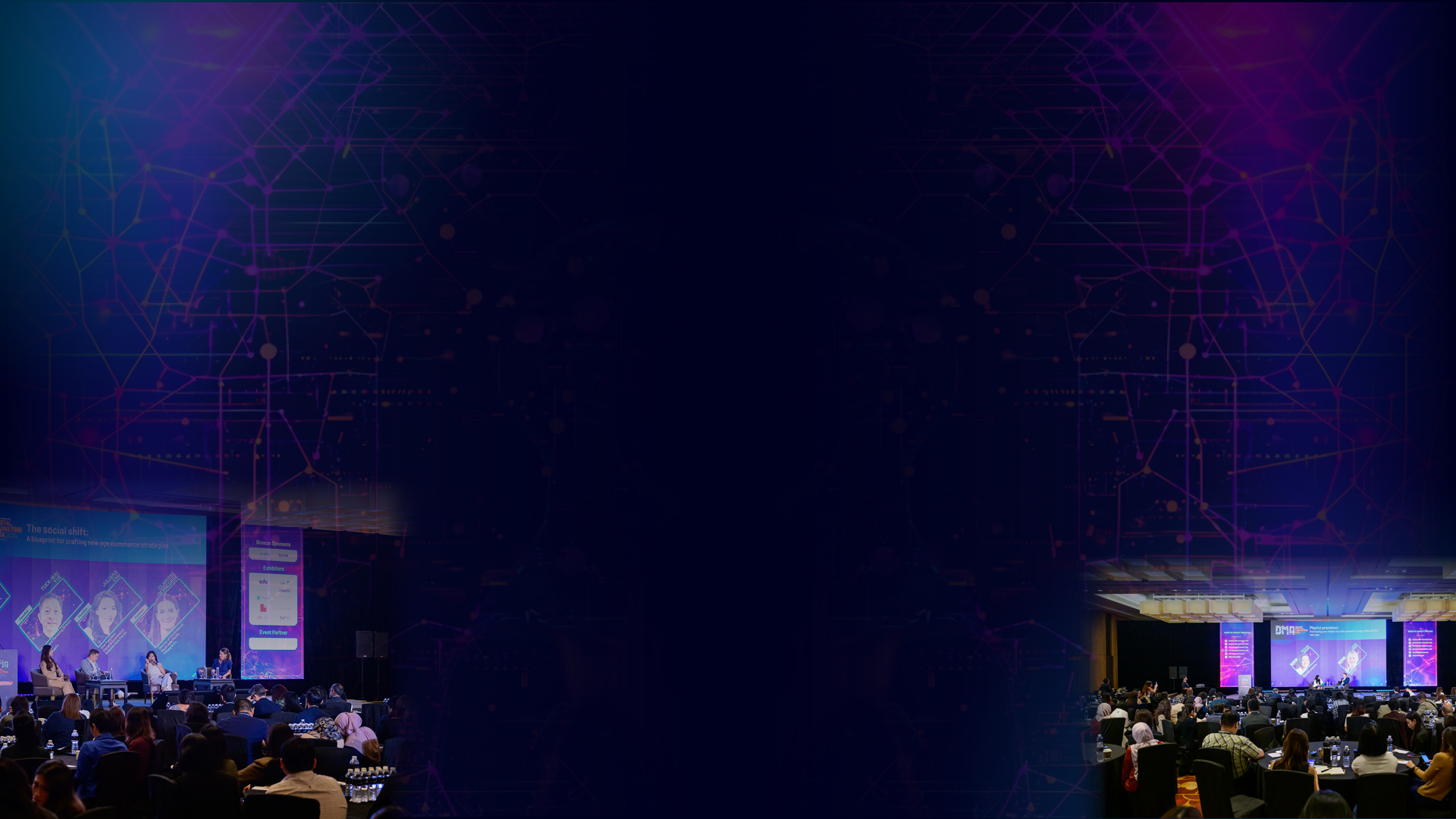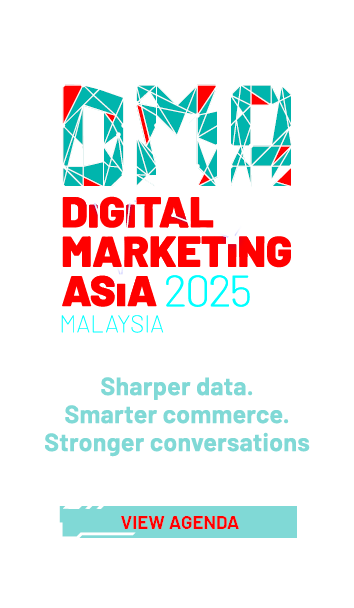



Why working with people over agencies is the mantra for clients in 2024
share on
When Mark Pritchard announced in April 2018 that P&G was going to start working with people rather than agencies two things happened; firstly, there was the predictable consternation amongst the P&G club agencies but significantly, Keith Weed announced in Cannes that same year that Unilever would do the same.
Two of the world’s largest advertisers were looking at a more collaborative approach amongst their agencies for a plethora of reasons around quality, consistency, cost, focus and innovation among them but in taking this step, the two took slightly different approaches to cherry-picking teams for projects large and small, at the heart was the idea that no single agency can tailor ideas, approaches and talent and wrap them around 'can't lose' projects.
The issues with retained agencies regarding talent, standards and ideas that sell are based on the core foundation of fitness versus flab.
Large clients can be a blessing and a curse to agencies however conventional wisdom indicates that agencies who have secured a large fee-paying, globally aligned client don’t work as hard as say, a local agency team would work on winning a local telco or bank pitch.
If every day felt like pitch day for Unilever, the agencies would sing. But they don’t. I have worked on countless regionally and globally-aligned clients where an adversarial relationship locally is protected by the bear hug of a globally-aligned contract. Where the local work for aligned brands is down the list, functional and tired.
I spoke to an Asia-based regional client recently who told me that when they meet one of their aligned agencies, they look at them with ‘dead eyes’. Imagine waking up in the morning and having to work with an agency with dead eyes. Imagine the process, the work and worse – the effect on business. Imagine being that agency person. Imagine someone saying that about you.
It must be exhausting. For them both.
Raising creativity relies on fission driven by a few simple human ingredients: energy, enthusiasm, the new, the unexpected, and no rules. A good creative process should feel like a pitch to the agency and a workshop to the client where the best is built upon and the fat falls away fast. Where it's ok to imagine and suppose and it’s not ok to paint by numbers or be derivative. Not for the sake of it but for the sake of the business.
To counter that, the advent of cheap, fast accurate data injected into a process can now keep the content grounded and hard-working but every time I sit down to write a new brief, I start with David Ogilvy’s words ringing in my ears; "You cannot bore people into buying your product, you can only interest them in buying it."
Back to the top.
And so, in 2024, with Covid-19 disappearing in the rearview mirror, the holding groups unadvisedly continuing to cull their best and most experienced people, clients looking for a new model, technology-driven SASS research platforms and AI driving towards us at speed over the horizon, whilst it will take time, the age of collaboration is again upon us.
I say, “again”.
In the 1930s, five main film studios drove the Hollywood Studio System. It made for an efficient and “assembly-line” style. There were also three smaller studios among them, United Artists, a studio founded by Charlie Chaplin, Mary Pickford, Douglas Fairbanks and D.W. Griffith, precisely because the studios were so controlling of their work, salary, and creativity.
Sounds familiar?
This is where the industry seems to be today. Hollywood exponentially grew their franchise, their profits, profile and their impact after they started collaborating and tailoring teams to projects. A model where they shed costs, and picked horses for courses. Teams that win. Experience in statistics. People overprocess.
A recent report published by the IPA called "The Future of Brand and Agency Relationship" takes a forensic look at the drivers of the future of brand/agency partnerships and relationships. The report identifies five models for brand and agency relationships over the next decade, however, the fastest growing area is what they call the engineering model – one that mixes a base ‘retained’ agency with multiple independent agencies on key projects and assignments.
Collaboration agencies such as Thailand’s Asia Agency Collective and The Asia Collective boast A-league clients who simply want experience and access to senior people to deliver best-in-class results.
In Europe, Thinc from Sweden and The Collective in London are growing fast and famously with brands such as Volvo, Unilever, AMG, Avis, Ericsson and L’Oreal among many others.
A small creative agency driven by experienced people attached to a broader network with the tools and the muscle to deliver is a daunting beast to wrangle for a brand team but if the ask is the strongest strategy, backed by data, driving the best creativity, safely, locally delivered then the collective is the solution. It happens in sports, film, aerospace, automotive and almost every modern industry.
An agency that you feel is costing you too much, that looks at you with dead eyes or you simply feel could do better in any aspect is not the agency that is going to deliver for you.
An agency with spark, that puts you at the top of their list every day, that makes every meeting feel like a pitch, that thinks before you do, that involves you in the process lets you share your ideas and simply makes it fun, for a fraction of a holding agency rate card has to be a better prospect for your health, your head, your heart, your brand and critically, your CV.
This article was written by David Mayo, group CEO at Audience DNA (ADNA).
share on
Free newsletter
Get the daily lowdown on Asia's top marketing stories.
We break down the big and messy topics of the day so you're updated on the most important developments in Asia's marketing development – for free.
subscribe now open in new window